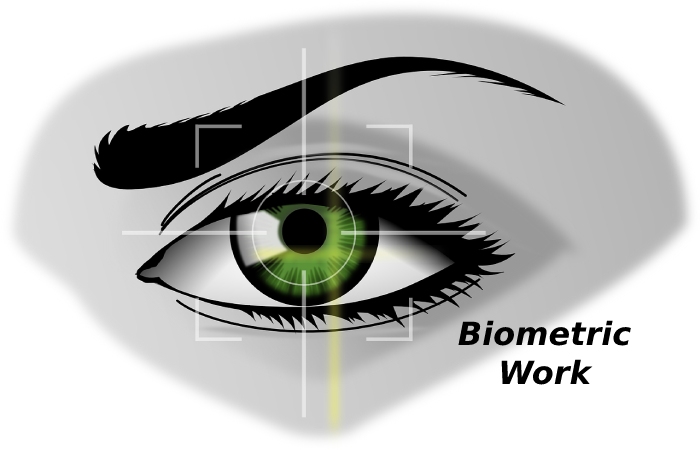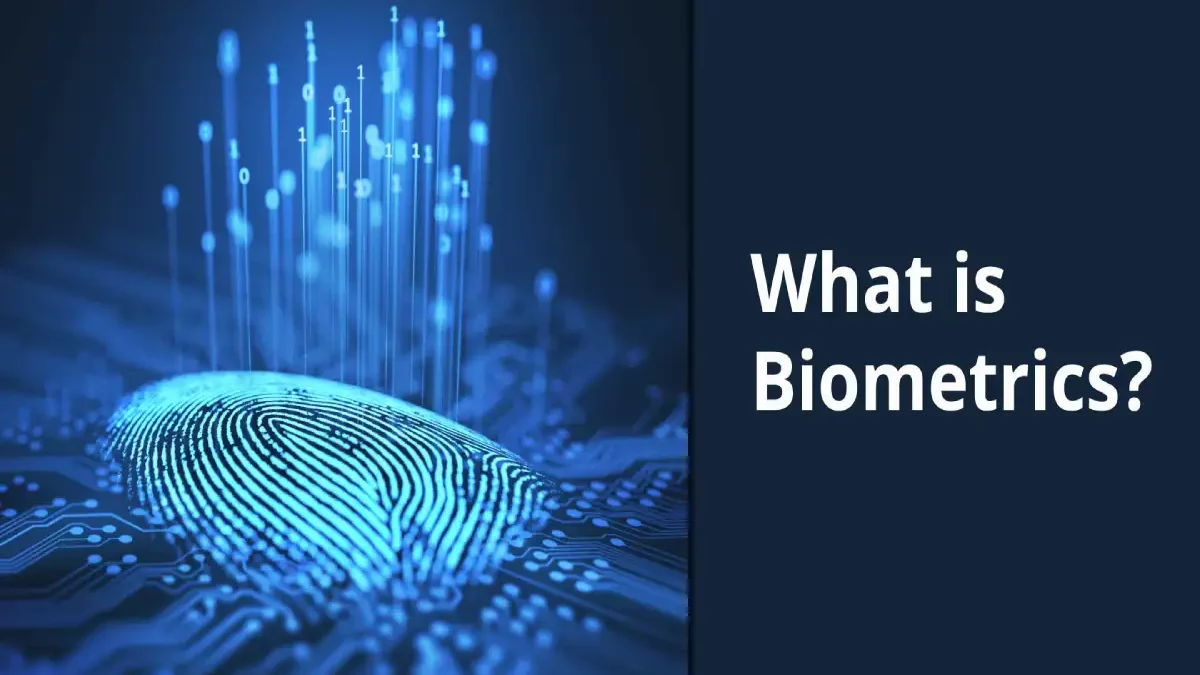Biometrics identification technologies completely lack this drawback and allow almost 100% pass accuracy. Using this information as a basis, it is already possible to obtain the necessary data on the employees’ working time. If we speak from the point of view of guaranteeing the security or cybersecurity of the system or the company, it is no longer possible to unauthorized entry.
The systems are generally base on contactless access card identification technologies, which have a significant drawback: the possibility of transferring the card to another person or using it without authorization, which makes its application for specific purposes be detrimental.
Table of Contents
Importance of Biometric
Due to its uniqueness, biometric data is increasingly use for border control and the fight against terrorism. With its help, law enforcement agencies can identify a person with a high degree of accuracy. If a person travels with someone else’s passport, they will be identify by border guards.
The use of biometrics in this field is useful not only because it allows a person to be identified. But also because it can confirm their participation or not in a specific crime by being able to reveal a relationship between a specific person and an action, event, place or another person before, during, or after an incident. In addition, States use this technology for forensic analysis.
With biometrics, it is possible almost to eliminate the impersonation of the individual, since not being the person they claim to be, this factor will be an alert to stop them.
How Does a Biometric Work?

With the help of special modern devices such as scanners, sensors and other readers, a person’s biometric data is recorded in a unique database. The system remembers this information — such as your fingerprint and fingerprint — and converts it into a digital code. Then, when the finger is placed on the scanner again, the system compares the new code with the one previously recorded. If they match, it will send a response confirming that the person is her.
How Many Types of Biometric Sensors are there?
Biometric sensors that serve as access control systems is classify into two main types: physiological and behavioral biometrics.
Physiological Biometrics
It is responsible for measuring the recognition of a face, a fingerprint, the geometry of the hand, the iris of our eyes, and DNA.
Our Footprint is Unique
Within this typology, we find the fingerprint sensors. The grooves in the skin of our fingers have a personal nature. For this reason, it is a handy feature when establishing a sensor for security reasons. Some Smartphones already incorporate it so that the terminal owner is the only one with access. The same thing happens in some offices, whose entrance is control by this system to avoid fraud or labour absenteeism.
Behavioral Biometrics
It is usually use to measure typing (speed and keystrokes at a particular time), verification of our signature and voice recognition. Oddly enough, all of us have these three characteristics uniquely and exclusively. To the point that a machine can identify them with absolute precision.
Signing Safely
The signature identification system works by analyzing and measuring the physical activity that we carry out with our hands. At the same time, we make our seal: the pressure that we apply, the curves that we make, or the speed.
Taking all of the above into account, biometric sensors are a valuable and safe option to increase the protection of data and rights of a company. It is why in the future, they will completely replace the current access systems and will do so by providing buildings. Both residential and industrial, with maximum security.
What are the Advantages of Biometric Admission Control?
Goodbye To Passwords
It is no longer necessary for workers to have to remember tedious passwords to be able to identify themselves and access their position. Furthermore, biometric access control allows employees to ditch plastic ID cards favoring sustainability and the environment.
Prevents Fraud
Since biometric access control systems allow a user’s identity to be verified based on specific physical characteristics inherent to each human being. An unauthorized person can’t gain access or for identity theft.
Low Maintenance Cost
Biometric access control systems do not require high maintenance costs once installed, something that does occur in other security systems.
Registration of the working day in a faster and more efficient way
Since last May 12, in Spain, it has been mandatory to record the start and end times of the workers’ working day. With biometric access control, this information is collected and stored automatically. Facilitating document management by the Human Resources departments and the workers themselves.
Conclusion
Biometrics are body measurements and controls related to human characteristics. Biometric authentication is used in computer science to identify and access power. It is also use to identify individuals in groups that are under surveillance.

